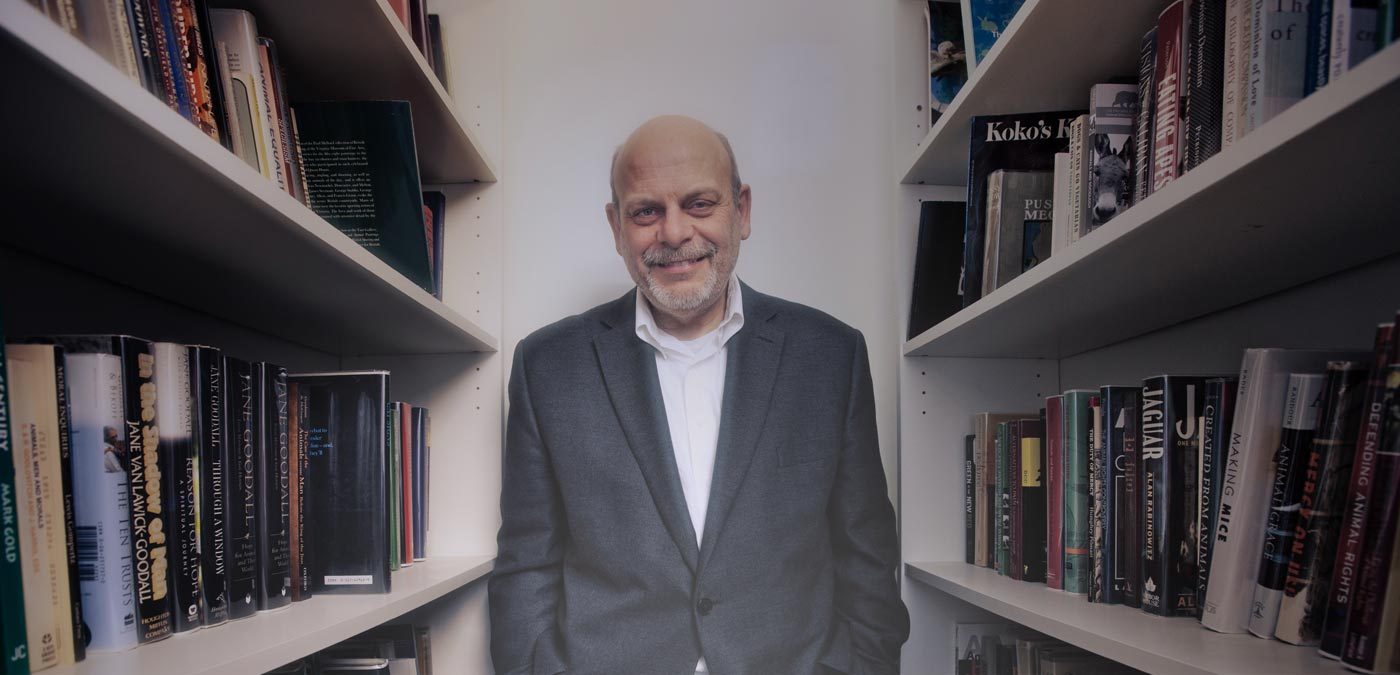Cats in Virginia
I’m working on an assignment with Alley Cat Allies, the U.S.-based organisation dedicated to advocating for cats, and working closely with Becky Robinson, the president and founder. I helped to produce recently Becky’s book, The Evolution of the Cat Revolution: Celebrating 25 Years of Saving Cats, which gives a behind-the-scenes look at their achievements in their first quarter of a century advocating for cats.
Currently, I’m in Bethesda, MD where Alley Cat Allies is based. This past weekend I accompanied Becky on a three-day trip to Norfolk, VA and Chincoteague Island, VA to learn more about her work for cats in the community. In Norfolk, we met with Rob Blizard, Norfolk SPCA’s Executive Director, who kindly showed us around their facility, and was introduced to his enthusiastic and helpful staff. They showed us their cats and dogs in the shelter and talked about the wide range of services they provide to their human and nonhuman clients. Norfolk SPCA is a very impressive operation and, like many others, achieves a great deal for the animals in their care with minimal resources. Becky later made a presentation to the Hampton Roads Community Cat Caretakers, who can be found on Facebook. Some 30-40 of their members listened attentively to Becky as she described the history and development of trap-neuter-return and Alley Cat Allies.

The spay-a-thon was held in a school gymnasium. The floor was covered in large sheets of plastic. Cats arrived in different types of carriers. Sheets and towels were laid over the cages to help keep the cats calm.
We then made our way back up the Eastern Shore to Chincoteague Island, VA where Caring Hands Animal Support and Education (CHASE) organised a two-day spay-a-thon for 200 kittens and cats. Of course, it took more than two days to do because the research, preparation, organisation, and clean-up to such a worthwhile endeavour took up many additional days. I have read about and heard described temporary clinics where large numbers of cats are spayed or neutered but I have never had the opportunity to witness one until now. It was an amazing operation in many ways — no pun intended!
In describing the experience here, I may get wrong some of the details and happy to be corrected if you would like to get in touch.
A team of four veterinarians and their trained assistants and some 10-20 volunteers were led by Jeffrey Newman, DVM, President of CHASE and implemented a strategy in which each kitten and cat was processed through a number of stages. These mass spay/neuter cat clinics were developed by Alley Cat Allies. It was a very impressive operation put together temporarily in a local school gymnasium. The surgeries were undertaken in the Reiss Mobile Vet vehicle, parked in the adjoining lot, which belonged to Jonathan Reiss, DVM. The kittens and cats were a mixture of those who were people’s companions or were outdoor or community cats. The services provided were free and everyone donated their time and expertise.

I volunteered by making sure every cat had a dish of cat food on the top of their cage waiting for them as they came out from the medication.
I found it to be a remarkable experience. The atmosphere was palpable in that the carefully organised operation hummed along with a wonderful sense of community, giving, sharing, cooperation, and fulfilment. The only ones who did not share these powerful feelings were the beneficiaries who wanted to be anywhere else other than in a cage! Even a local artist had brought in a cat to be attended to, made some characterful sketches and left them on display to raise funds. I heard stories about how local people and businesses supported the endeavour by, for example, donating supplies and food. Most of the cats were brought in and later picked up by residents.
The stages that each feline client went through were a medical pre-screening; the necessary paper work that kept track of who they were and where they came from and in which container; and then pre-op preparation, the operation itself, a post-op careful monitoring and, finally, an area where they were left quietly to sleep off the medication.
This was a great weekend in which I learnt much from some wonderful people about the how-to of trap-neuter-return and companion animal advocacy generally.













